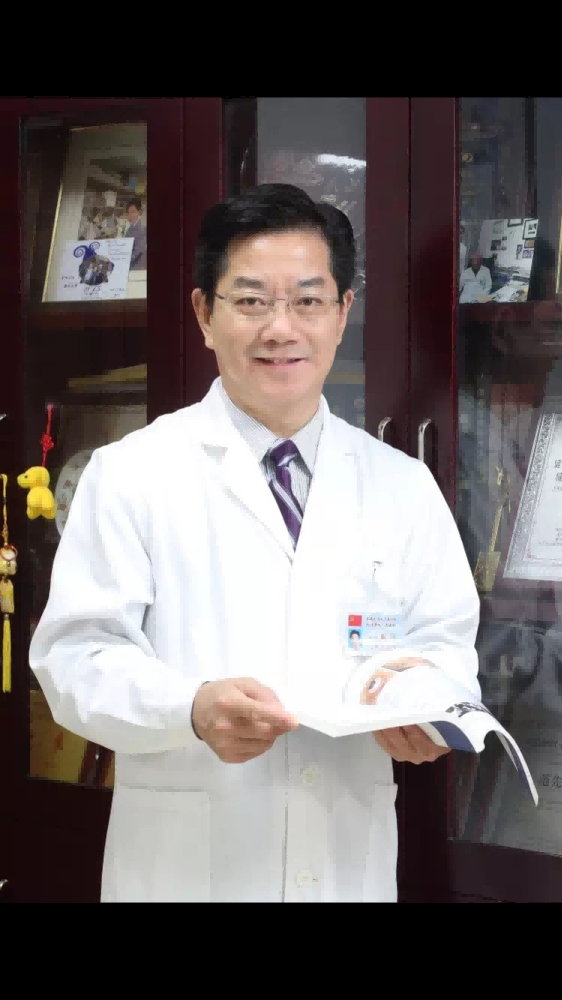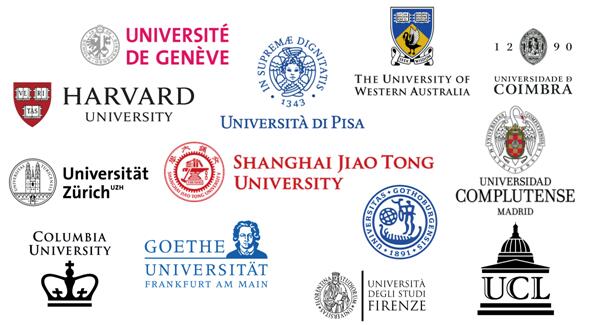The most common malignant tumors in children's eyes have new treatment methods: The Lancet sub issue published by Fan Xianqun Team Achievement Center | Affiliated | Sub issue
Recently, led by Academician Fan Xianqun from the Ophthalmology Department of the Ninth People's Hospital affiliated with Shanghai Jiao Tong University School of Medicine, and in collaboration with National Retinoblastoma Diagnosis and Treatment Centers such as Beijing Children's Hospital affiliated with Capital Medical University, Guangzhou Women and Children's Medical Center, Xinhua Hospital affiliated with Shanghai Jiao Tong University School of Medicine, Third Medical Center of the General Hospital of the People's Liberation Army of China, and Xiangya Hospital affiliated with Central South University, the world's first multicenter prospective randomized controlled study on retinal artery interventional chemotherapy for retinal blastoma was conducted. The results were published in The Lancet Children&AdolescentHealth. This decade long study indicates that ophthalmic artery super selective interventional chemotherapy significantly improves the eye retention rate in children with advanced retinoblastoma, while significantly reducing the systemic side effects of chemotherapy.
Retinoblastoma is the most common malignant tumor in the eyes of children, with 95% occurring in infants and young children under 3 years old. It can cause blindness, disability, and even death, and is the most serious and harmful disease among pediatric eye diseases. In 2019, five national ministries established it as one of the top ten major diseases for the first batch of treatment and management in children.
The combination of enucleation of the eyeball and external radiation therapy was once a first-line treatment for retinoblastoma. Children not only lost their eyeballs, but external radiation therapy can also lead to serious side effects such as secondary malignant solid tumors and orbital facial hypoplasia. In the late 1990s, the systemic intravenous chemotherapy regimen of "vincristine+etoposide+carboplatin" was applied to the treatment of retinoblastoma, achieving a transition from enucleation to eye preservation treatment. However, the intraocular drug concentration of systemic intravenous chemotherapy is low, the tumor recurrence rate is high, and the enucleation rate of the eyeball remains high; At the same time, systemic intravenous chemotherapy has significant toxic side effects, and children are prone to serious complications such as bone marrow suppression and lung infections.
To address this clinical challenge, the team led by Fan Xianqun carried out superselective interventional chemotherapy for retinoblastoma in the ophthalmic artery. Through femoral artery catheterization, 0.57mm microcatheters were guided into the ophthalmic artery using a 0.43mm microwire. Chemotherapy drugs entered the ophthalmic artery through the catheter and then entered the tumor body through the central retinal artery. For children under 3 months old or with an ophthalmic artery diameter less than 0.65 millimeters, balloon dilation and occlusion surgery should be performed for interventional chemotherapy; For patients with ocular artery variation, external carotid artery bypass catheterization is performed for interventional chemotherapy to establish an ocular artery interventional chemotherapy system for retinoblastoma. Intraocular arterial chemotherapy for retinoblastoma requires a small amount of medication, high local drug concentration in the eye, strong killing effect on the tumor, and minimal systemic toxic side effects. However, the difficulty of surgery such as ophthalmic artery intervention chemotherapy is high, which may lead to serious complications such as ophthalmic artery stenosis or occlusion, and retinal choroidal atrophy.
Due to the short duration and lack of evidence-based medicine, there has been significant controversy internationally regarding the treatment options for ophthalmic artery interventional chemotherapy and systemic venous chemotherapy for retinoblastoma, which has also caused great confusion for clinical physicians.
In order to solve clinical difficulties and international controversies, Fan Xianqun led a team to face the challenges and, with the support of the National Health Industry Special Project in 2013, carried out the first prospective multicenter RCT study on the effectiveness and safety of retinal artery intervention chemotherapy for retinoblastoma on an international scale. This study lasted nearly a decade and provided high-level evidence-based medicine for the development of treatment plans for retinoblastoma.

This study was conducted in six hospitals in Beijing, Shanghai, Guangzhou, and Changsha. The study mainly included children with newly diagnosed unilateral retinoblastoma stage D or E, without clinical high-risk factors, and were randomly divided into an ophthalmic artery intervention chemotherapy group or a systemic intravenous chemotherapy group, with arterial or intravenous chemotherapy cycles completed every 4 weeks. The primary endpoint is the 2-year progression free eye preservation rate, while the secondary focus is the survival rate, objective response rate, and recurrence rate of the patient, and the recording of potential treatment-related major adverse events. The median age of eligible children with retinoblastoma included in this study was 23.6 months, and the median follow-up time was 35.8 months.
The research results showed that the 2-year progression free eye preservation rate in the ophthalmic artery intervention chemotherapy group was 53%, while in the intravenous chemotherapy group it was 27%. The overall eye preservation rate in the ophthalmic artery intervention chemotherapy group was significantly higher than that in the intravenous chemotherapy group; There was no significant difference in overall survival rate and recurrence rate between the ophthalmic artery intervention chemotherapy group and the intravenous chemotherapy group. The objective response rate of the ophthalmic artery intervention chemotherapy group was significantly higher than that of the intravenous chemotherapy group; In terms of safety endpoints, neither group experienced fatal serious complications. The most common systemic complication is bone marrow suppression. Ocular artery intervention chemotherapy reduces the incidence of bone marrow suppression from 70% of intravenous chemotherapy to 51%, and the severity significantly decreases. There was no significant difference in the incidence of local complications such as vitreous hemorrhage, cataracts, and ptosis between the two groups. The incidence of occlusion of the ophthalmic artery caused by interventional chemotherapy was 3%.
This study indicates that ophthalmic artery intervention chemotherapy significantly improves the eye retention rate and significantly reduces systemic complications in children with advanced retinoblastoma, without affecting overall survival rate, compared to intravenous chemotherapy. Intraocular arterial chemotherapy can be the preferred treatment option for children with unilateral advanced retinoblastoma.
Academician Fan Xianqun from the Ophthalmology Department of the Ninth People's Hospital affiliated with Shanghai Jiao Tong University School of Medicine is the overall leader of the research project and the last corresponding author of the article. Professor Jia Renbing from the Ophthalmology Department of the Ninth Hospital, Professor Zhao Junyang from Beijing Children's Hospital affiliated with Capital Medical University, Professor Zhang Jing from Guangzhou Women and Children's Medical Center, Director Ji Xunda from Xinhua Hospital affiliated with Shanghai Jiao Tong University School of Medicine, Director Yang Xinji from the Third Medical Center of the General Hospital of the People's Liberation Army of China, and Director Tan Jia from Xiangya Hospital affiliated with Central South University are co corresponding authors. Dr. Wen Xuyang from the ophthalmology department of the Ninth Hospital is the first author, while Dr. Fan Jiayan, Deputy Chief Physician Jin Mei, Dr. Jiang Hua, Dr. Li Jiakai, and Deputy Chief Physician Han Minglei are the co first authors.




